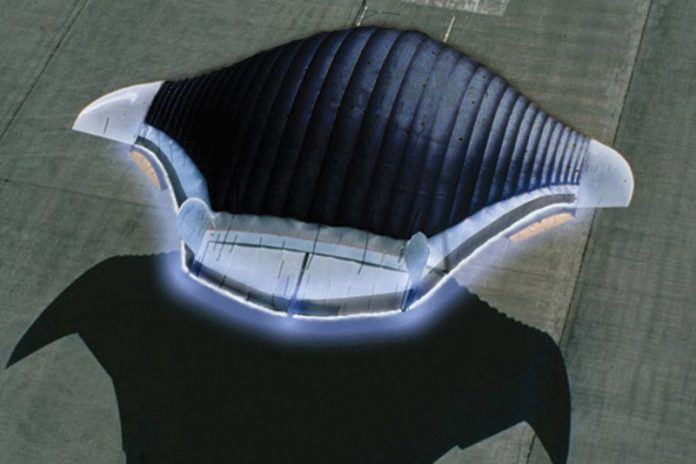A traditional jet engine in planes converts energy-rich, liquid fuel into a powerful thrust that pushes a plane forward. They create thrust by mixing compressed air with fuel and igniting it. The burning mixture expands rapidly and is blasted out of the back of the engine, pushing it forward. But, this aircraft’s jet engine is also the source of growing pollution.
To reduce pollution, Berkant Göksel at the fuel.
For decades, plasma engines have been stuck in the lab. And there is limited research on them with the idea of propelling satellites once in space. Now, researchers are bringing them out of the lab and into the sky.
Berkant Göksel said, “We want to develop a system that can operate above an altitude of 30 kilometers where standard jet engines cannot go. It could even take passengers to the edge of the atmosphere and beyond.”
Instead of burning fuel and compressed air and then shoving the results out of the back of an engine to move forward, the engine mimics a fusion reactor or a star. Unlike traditional ones, it even generates electricity by exciting and compressing the gas into a plasma and then generating an electromagnetic field.
In actuality, plasma jet engines are designed to work in a vacuum or the low pressures found high in the atmosphere where they need to carry a gas supply. The team is the first who create a fast and powerful plasma jet at ground level, which could reach speeds of up to 20 kilometers a second.
Scientists used a rapid stream of nanosecond-long electric discharges to accelerate the propulsion mixture. This could greatly extend the range of any aircraft and lower the operational cost.
Like anything else that runs on electricity- the biggest problem is the need for batteries. Although a huge amount of electricity is required to generate and sustain the plasma.
Dan Lev from the Technion-Israel Institute of Technology said, “An array of thrusters would require a small electrical power plant, which would be impossible to mount on an aircraft with today’s technology.”
Now, Goksel is hoping for a breakthrough in compact fusion reactors to power his system.
Journal Reference
- B Göksel and I Ch Mashek. First Breakthrough for Future Air-Breathing Magneto-Plasma Propulsion Systems. 2017 Journal of Physics: Conference Series 825 012005. DOI: 10.1088/1742-6596/825/1/012005
